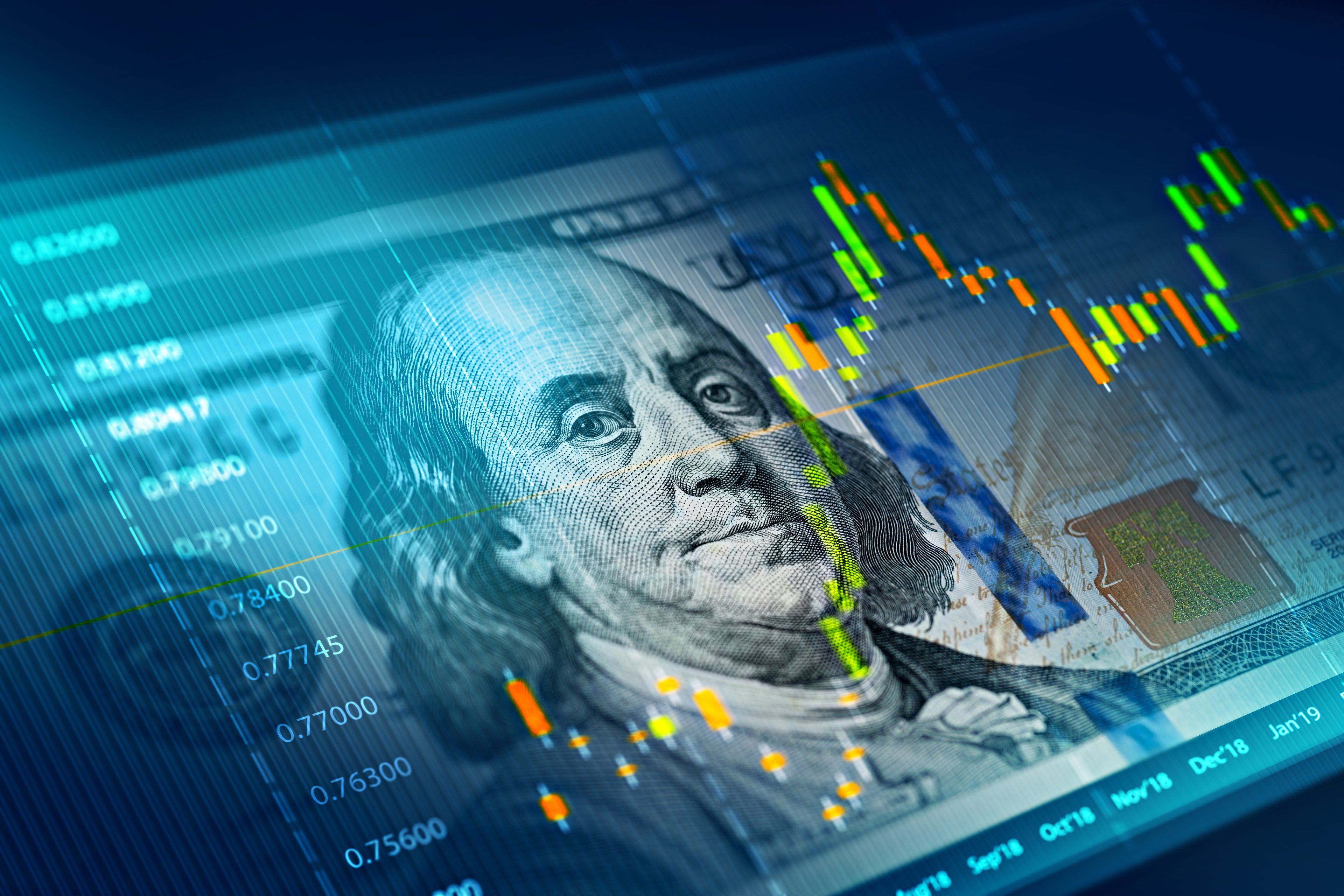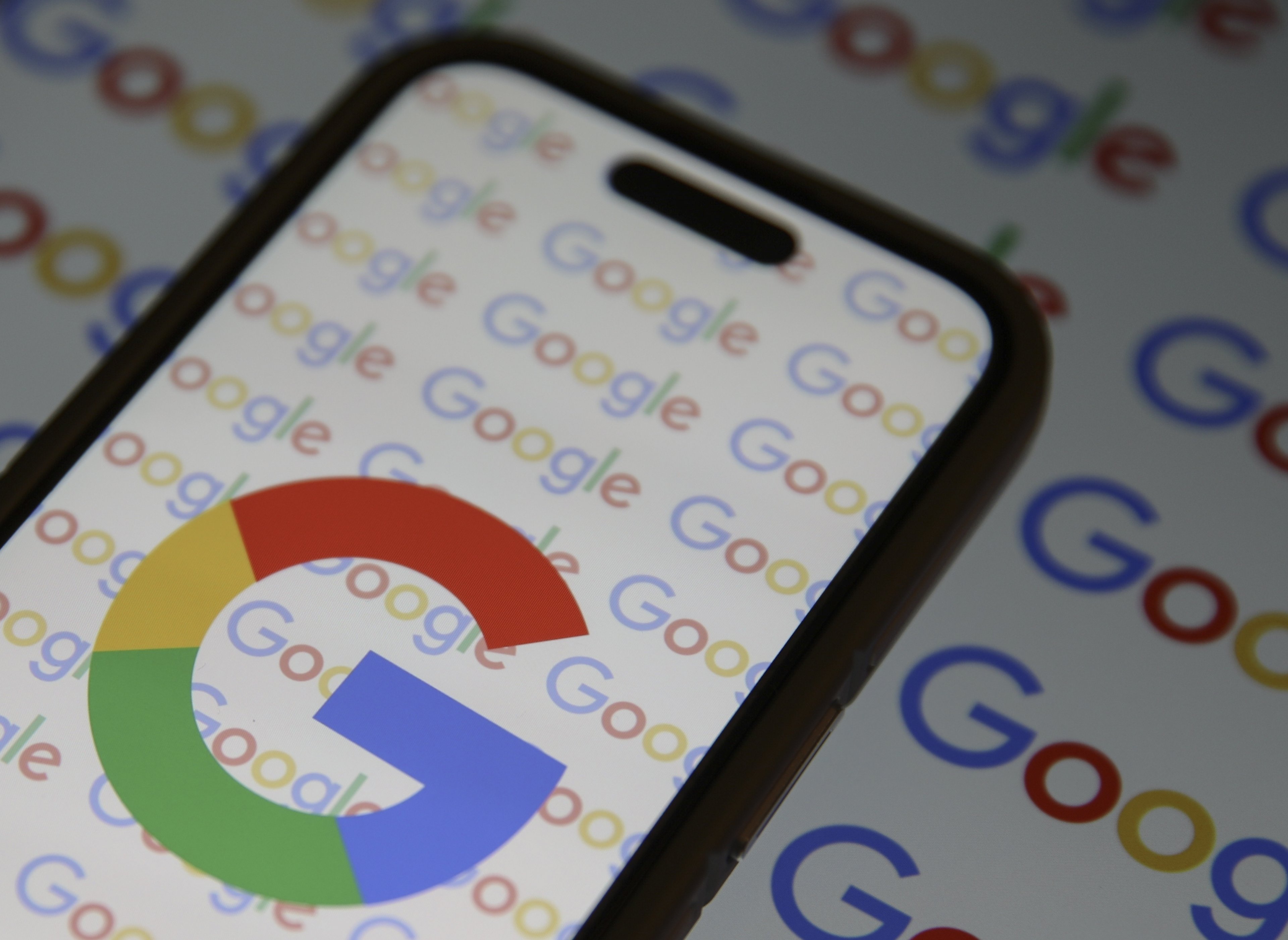
Source: Google.
Google (GOOG +1.11%) (GOOGL +1.15%) stock has delivered massively for investors over the long term. Shares of the online search giant are up by 318% in the past decade, comfortably beating the Nasdaq index and its 121% gain over the same period. Even better, our contributors believe that Google still offers considerable upside potential in the years ahead, and they highlight three key reasons to buy Google now.
Andres Cardenal. The most important variable to consider when making investment decisions for the long term is arguably competitive strength, as these are the main tools that will protect the company's revenue and cash flows from the competition through the years. Fortunately for investors, Google is second to none when it comes to competitive advantages in online advertising.
The Google brand is so powerful that many consumers use the expression "to google" as a synonym to searching for online information. According to data from StatCounter, the company owns a gargantuan market share of more than 91% in the global search market when including both desktop and mobile. When it comes to search advertising dollars, eMarketer estimates that Google will retain 54.5% of the industry's revenue in 2015.
Google also owns several of the most valuable assets and properties in the online world. Management said during the company's second-quarter conference call that Google Search, YouTube, Android, Chrome, and Google Maps each have over 1 billion users. The bigger Google gets, the more information it collects from its users, and the company capitalizes on that data to provide both better services to consumers and more effective ads for its advertising clients.
Google is already huge and remarkably strong, and everything indicates that the company will continue getting bigger and stronger in the future.
Tim Green: Google's profitability is genuinely impressive. During the past 12 months, the company generated $17.4 billion of operating income, or about 25% of revenue. The company is also a cash machine, with operating cash flow of nearly $26 billion and free cash flow of $14.6 billion in the trailing-12-month period. Google makes more money than it knows what to do with, as tens of billions of dollars pile up on the balance sheet.
This excess cash actually makes Google appear less profitable than it really is. Google's return on equity, which is net income divided by the book value, is about 12.9% based on the most recent figures, not much better than the average return on equity of the S&P 500. But all that cash drives up the book value, making Google appear average when in reality it's anything but. Backing out most of this excess cash, which isn't necessary to operate the business, Google's true return on equity is around 25% to 30%, a much more impressive figure.
This exceptional profitability means Google deserves to trade at a premium, and it certainly does. The stock currently trades for around 30 times the company's trailing-12-month GAAP earnings, and about 22 times the average analyst estimate for 2015 non-GAAP earnings, which excludes stock-based compensation. What investors get for this premium price is a company with incredible profitability and room to grow.
Steve Symington: It's true that Google's balance sheet is ironclad, its core advertising business solid, and its growth still impressive for such a large company. But from an investor's standpoint, I think one of the most exciting reasons to own Big G is its "moonshot" initiatives. These are high-potential projects the company has undertaken with a very long-term outlook in mind.

Google's smart contact lens. Credit: Google.
For example, Google launched its self-driving car moonshot in 2009, but only just unveiled what it described as the "first real build" of that car this past December (sans a steering wheel and gas/brake pedals, of course). And after Google acquired eight robotics companies in less than six months in late-2013 -- notably including humanoid bot-maker Boston Dynamics -- company executive Andy Rubin later acknowledged one of Google's goals is to, among other things, create delivery robots to carry packages from those self-driving cars to your door.
"Like any moonshot," Rubin elaborated, "you have to think of time as a factor. We need enough runway and a 10-year vision."
Among other moonshot projects are the Google Glass wearable device for augmented reality, a self-stabilizing spoon for people with tremors, a glucose monitoring contact lens for diabetics, and plans to make Internet connectivity more ubiquitous on a global scale using hundreds of high-capacity, low-elevation satellites, drones, and even high-altitude balloons -- the last of which is better known as "Project Loon."
These ambitious projects are the very essence of what Google is all about: Changing the world for the better through technology. Of course, not all will prove successful from a financial standpoint. But much in the same way a single multi-bagger stock can positively dictate the performance of an entire portfolio, they don't all need to succeed for the moonshot effort as a whole to pay dividends to shareholders over the long run.







